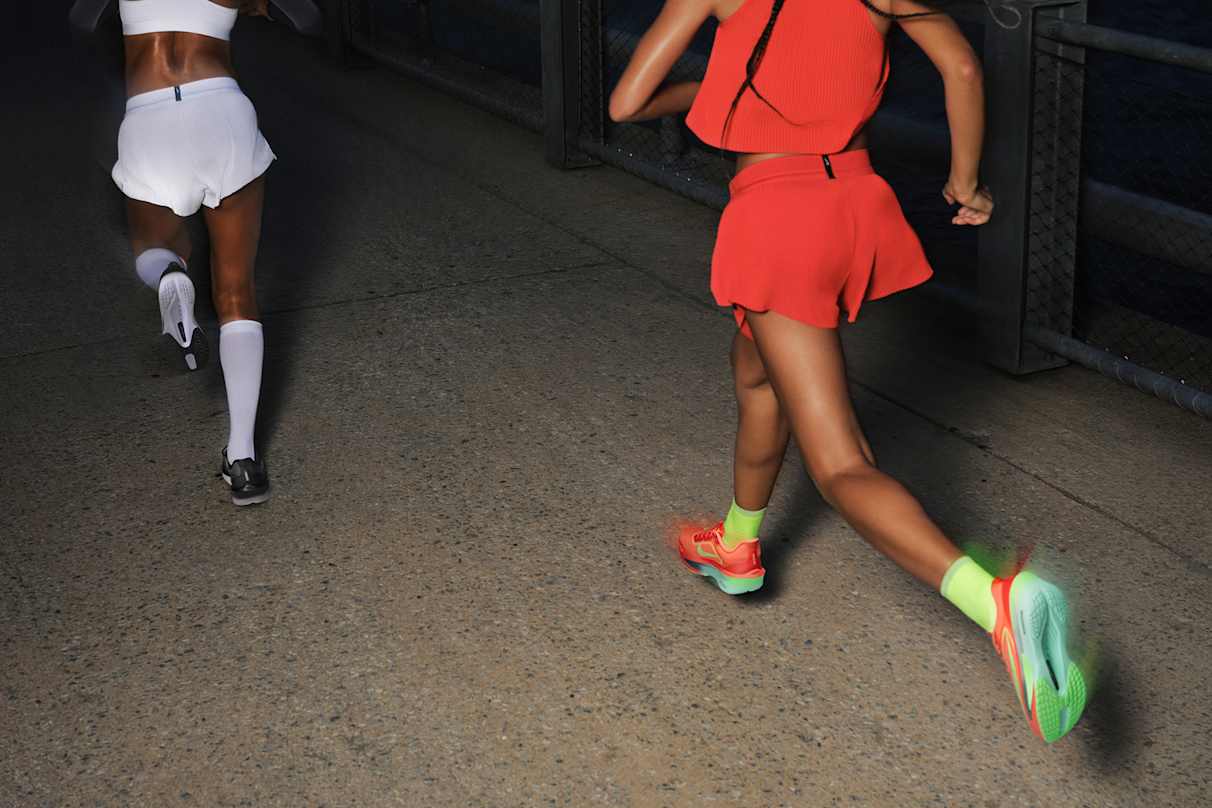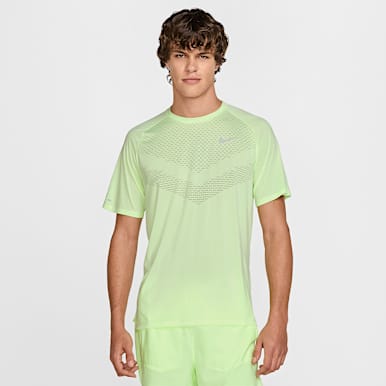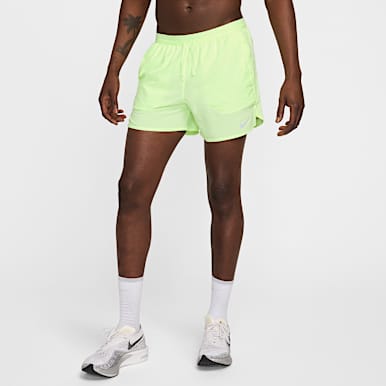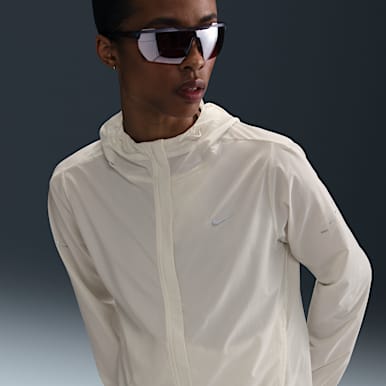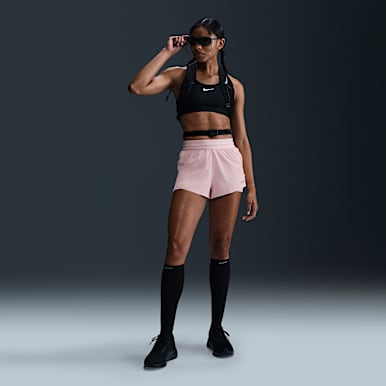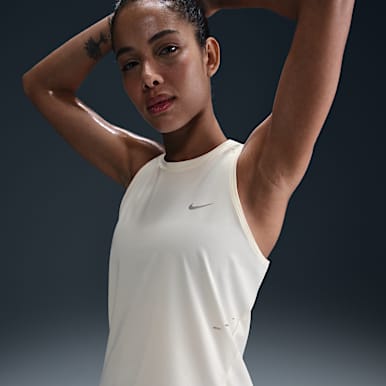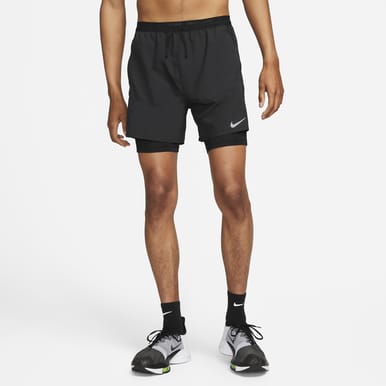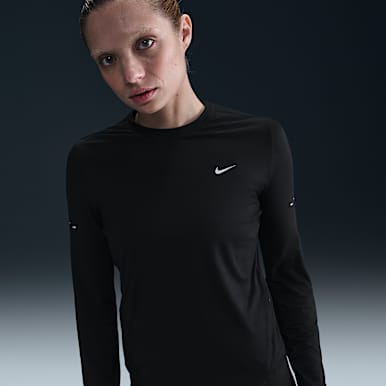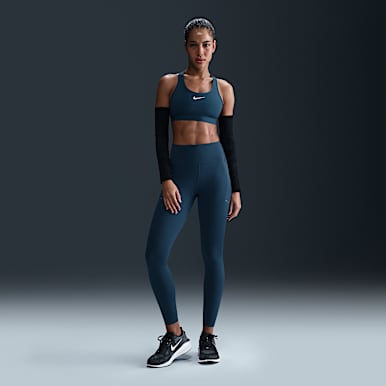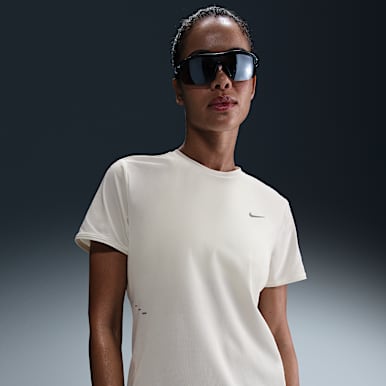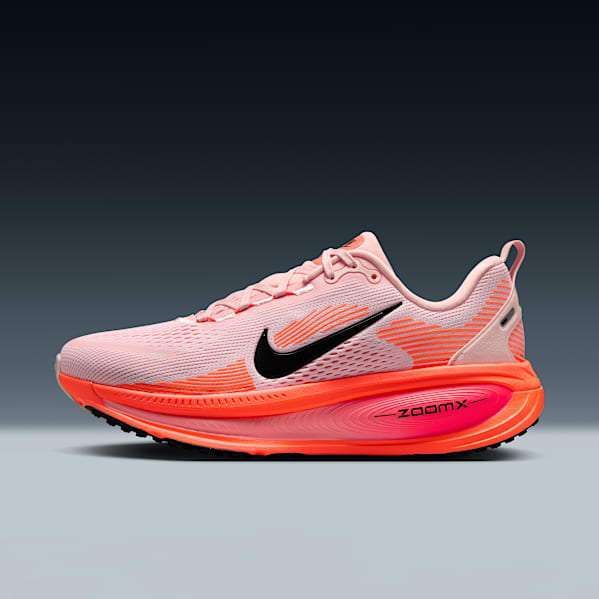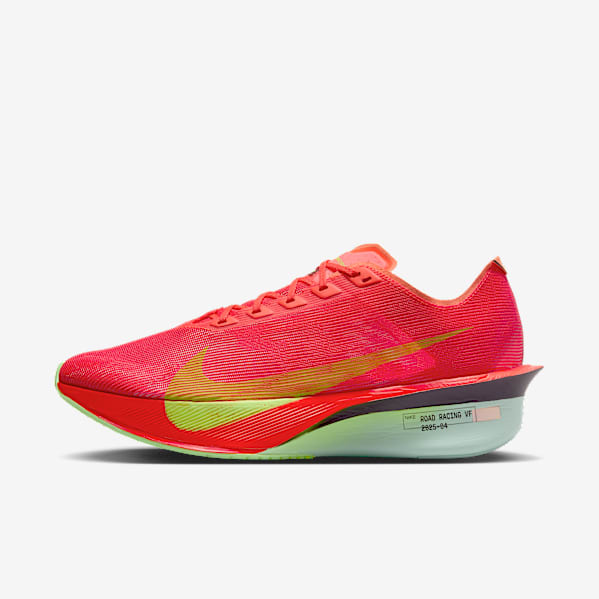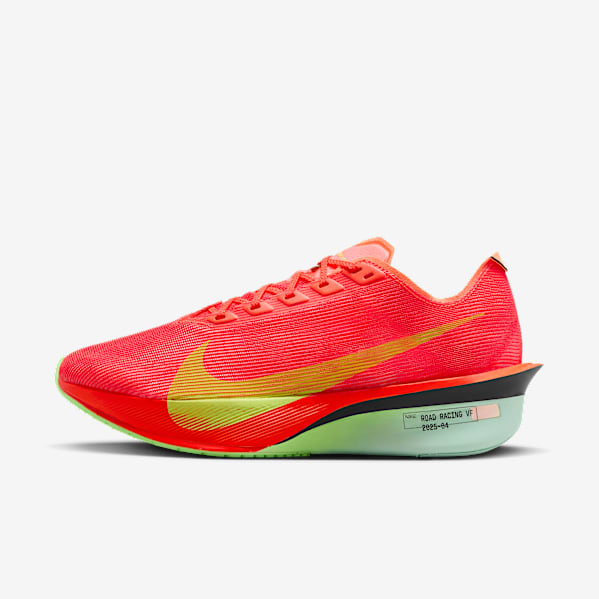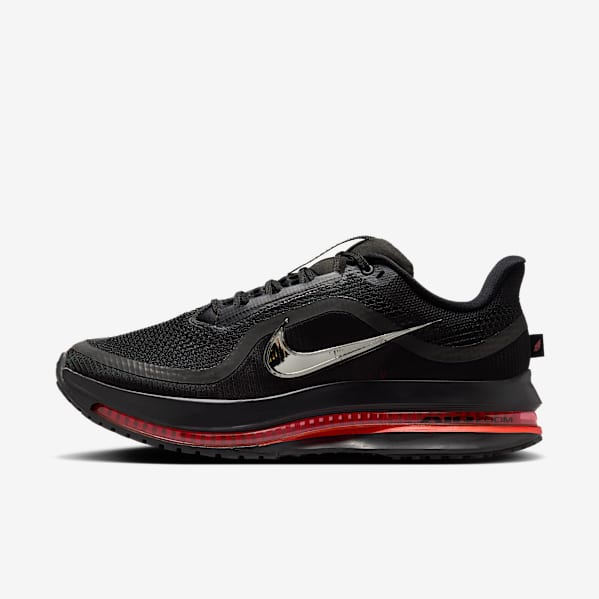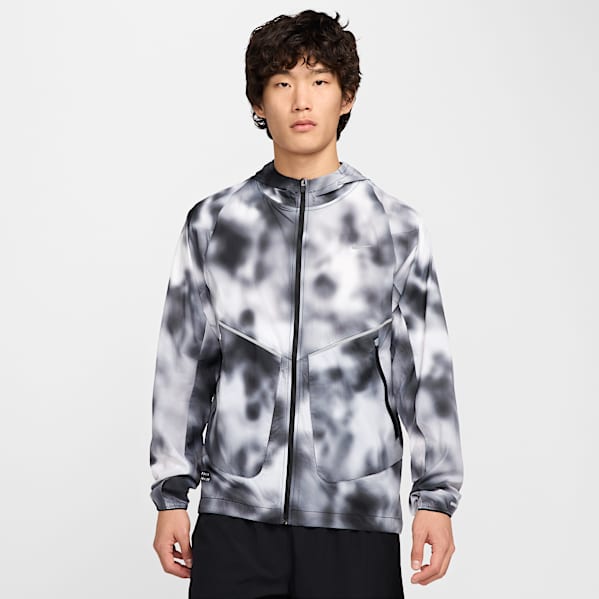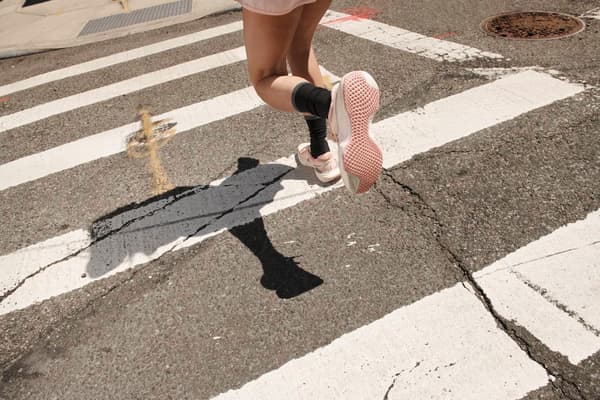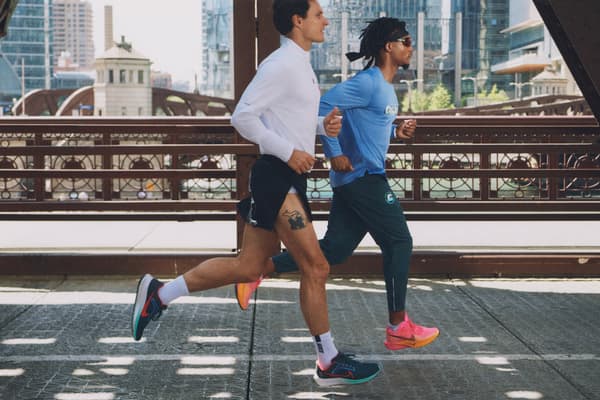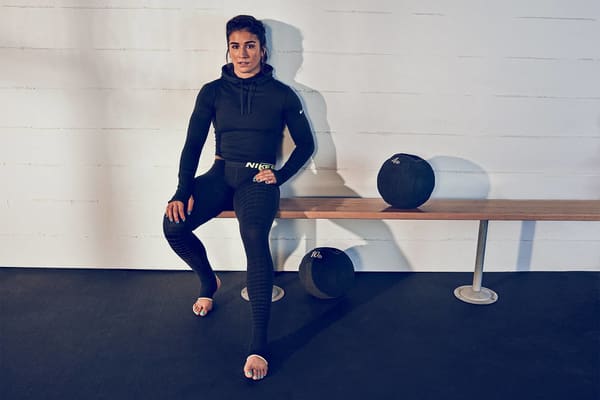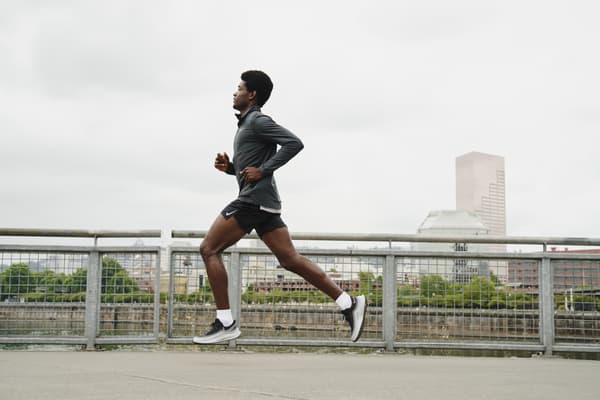7 muscle groups you activate when running
Activity
Running switches on several key muscle groups. Here's where they are in your body and what they do during each stride.
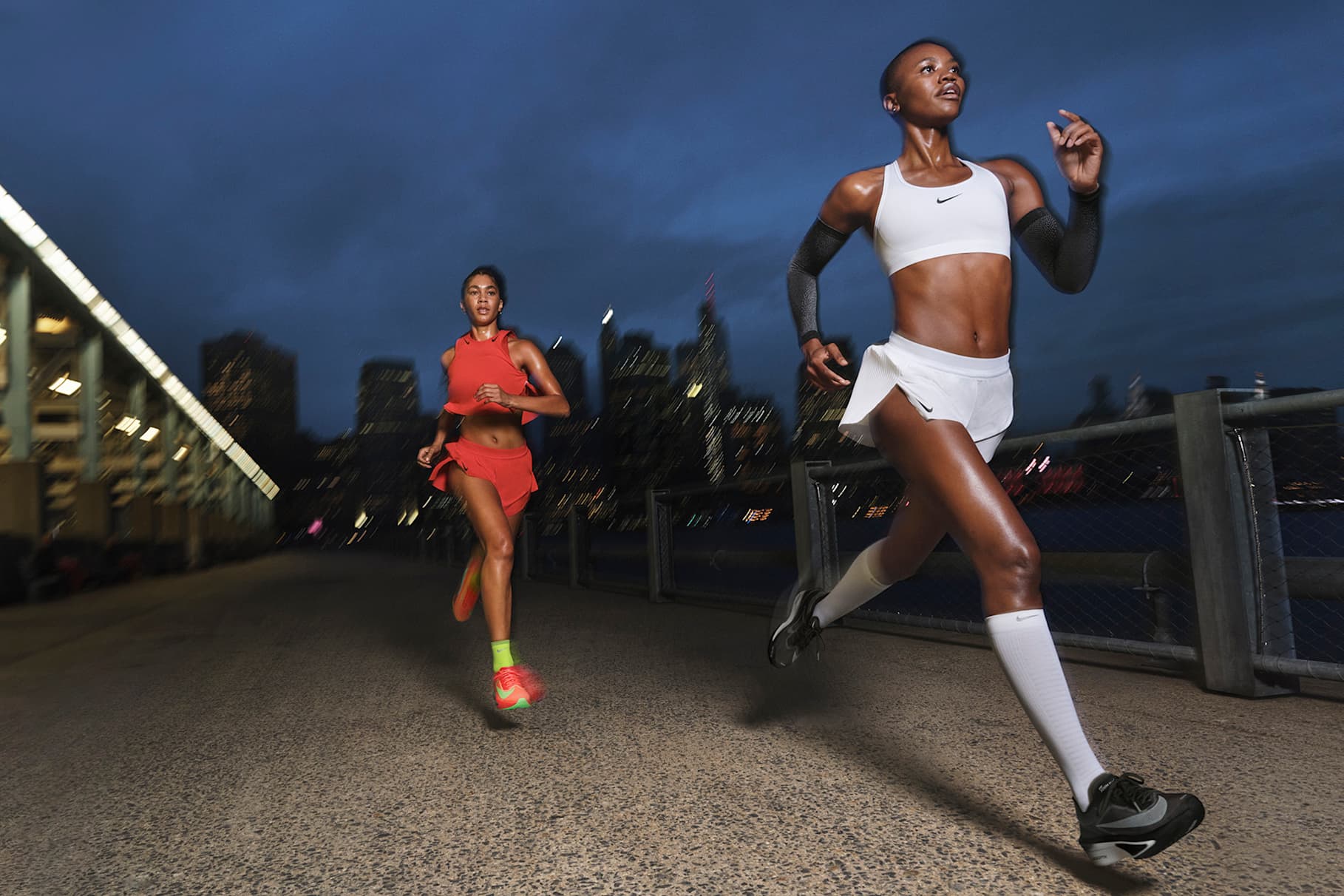
While you're cruising along during your run, several muscles in your body are hard at work, powering you through each stride. Some muscles may burn when you pick up the pace or climb a hill. Other muscles may feel unusually sore or painful post-run, causing you to worry that an injury is coming.
Understanding what muscles are used in running can help ensure each one is strong enough to play its role. It can also help you identify potential weaknesses before they cause pain or injury.
"It's helpful to know what each muscle does, but it's equally important to know that they all work together—they don't do any functions in isolation", said Luke Bennett, DC, CSCS, a chiropractic doctor who works with runners at TOPTEAM Sports Performance in North Carolina.
When everything is working properly, your muscles coordinate their efforts to create a smooth, steady running gait. But one weak link in the chain can throw off your running mechanics, leading to inefficiency and potential injury.
Read on to learn which muscles are used in running.
The running gait cycle
It's helpful to be aware of the running gait cycle (how your legs move with each step) to better understand how your muscles work when running.
There are two main phases of the running gait cycle, according to research published in 2021 in the International Journal of Physical Education, Fitness and Sports:
- Stance, or the time when one foot is on the ground
- Swing, or the time when both feet are in the air
The gait cycle begins with the stance phase, when one foot strikes the ground. As you lift your foot off the ground and it travels forwards, you enter the swing phase. At the beginning of the swing phase, your toes are pointed down and your knee is slightly bent. Then, your knee bends even more and your toes point up as you move through the swing phase to prepare for the next cycle. This pattern continues until you've finished your run.
Which muscles does running work?
Now that we've covered the running gait cycle, let's take a closer look at the muscles that make every stride happen.
1.Hip flexors
The hip flexors comprise a group of muscles in the front of the upper thigh that flex (bend) your hips. They contract to pull your leg forwards during the swing phase of the running gait cycle and lengthen when you push through the stance phase.
Your hip flexors work hard during every run, but they work overtime during sprint and hill workouts, Dr Bennett said. Both workouts require more knee drive, which means stronger hip flexor contractions.
Because the hip flexors repeatedly shorten, runners are more prone to hip flexor tightness than non-runners, said Schuyler Archambault, PT, DPT, CSCS, a physiotherapist and personal trainer at Arch Physical Therapy and Fitness in Boston, Massachusetts.
Sitting a lot during the day—whether at work or at home—also puts the hip flexors in a shortened position, which can worsen tightness. Tightness in the hip flexors could limit how far you're able to extend your hips while running, which also limits how much help you get from your glutes.
2.Glutes
Your back seat houses three gluteal muscles. The largest and most powerful of the three is the gluteus maximus (glute max). As the meaty portion of your buttocks, the glute max is responsible for extending your hip as your foot pushes off the ground and transitions into the swing phase.
Going uphill requires more engagement from your glute max. "Your glutes have to extend your hips a little further to push you up the hill", Dr Bennett explained.
Similarly, because the hip extends further at faster paces, the glute max is key for reaching top speed. Findings from a 2021 study in Medicine and Science in Sports and Exercise show that this muscle is significantly larger in elite sprinters compared with untrained runners.
The second largest gluteal muscle is the gluteus medius (glute med). This fan-shaped muscle sits on the outside of the hip and works with the gluteus minimus (glute min), the smallest gluteal muscle, to stabilise the hips and pelvis during the stance phase.
"Whenever the opposite leg is off the ground, the glute med has to work hard to keep the pelvis level so that you don't fall to one side, because, with one leg off the ground, gravity is at work to throw you off balance", Dr Bennett said.
3.Quadriceps
The quadriceps (quads) are a group of four muscles in the front of your thigh that help bend your hip when you lift your knee. Then, they straighten the knee when your foot strikes the ground.
The quads have heavier resistance during sprinting and uphill running, as these call for greater knee drive. However, downhill running is even more demanding for the quads, because they have to perform strong eccentric contractions (when the muscle lengthens) to help control your speed.
"It's a lot of work to put the brakes on to control your movement so that you don't just fall on top of yourself", Dr Bennett said.
Constant braking requires more force through the muscle fibres, joints, tendons and ligaments than powering uphill, he added. This is why your quads might feel extra-sore after running a route with steep declines.
4.Hamstrings
The hamstrings comprise the back of your thigh, bending your knee as you swing your leg forwards to take another step. However, their primary role is to generate force as your foot pushes off the ground—key for acceleration when sprinting. One 2015 study in Frontiers in Physiology found that men with the highest hamstring activation produced the greatest amount of force during sprints.
Some runners, especially females, tend to be "quad dominant", meaning their quadriceps take on more workload than the hamstrings.
"You could be a quad-dominant runner due to a lack of mobility in your hip, ankle and/or foot, but it could also be due to a strength imbalance between the quads and hamstrings", Archambault said. If your hamstrings aren't strong enough to contribute equally to your running stride, your quads have to work harder to pick up the slack. "At some point, you may notice your knees hurt from running", Dr Bennett said.
5.Calves
The calf muscles in your lower legs are also key players during the running gait cycle. After your foot contacts the ground, the calf muscles and Achilles tendon (the thick band of tissue that connects the calf muscles to the heel bone) absorb and store energy. Then, when your foot pushes off the ground, the calf muscles and Achilles tendon release the stored energy, propelling you forwards, Archambault explained.
In fact, your two calf muscles, the gastrocnemius and soleus, generate an impressive amount of force. Research from the Journal of Experimental Biology (2012) shows that the gastrocnemius (the meaty muscle in your calf) produces maximum force at 15.5 miles per hour (mph). At this pace, the gastrocnemius generates force equal to 3.23 times your body weight. Meanwhile, the soleus (the muscle below the gastrocnemius) produces around 8.71 times your body weight in force.
If your calf muscles aren't strong enough to absorb that force and release it during push-off, your body will compensate in ways that limit power and increase your injury risk, Archambault said.
6.Abdominals
The muscles in your abdomen link your upper and lower body. While running, they stabilise your pelvis and spine, "so that it's possible for you to move your legs more efficiently without everything swaying", Dr Bennett said. "Those muscles are working hard to control rotation so you don't waste energy twisting back and forth".
Your abdominals also engage during the stance phase when you shift your weight onto one leg. "Your abdominals have to work on the stance-leg side to create stability so that you don't fall to one side every time you lift one leg", Dr Bennett said.
Your abdominals work extra-hard to limit trunk rotation during sprints. "When we're sprinting, our legs are moving at a much faster speed and therefore require more demand from the abdominal muscles to stabilise", Archambault said.
7.Upper-body muscles
While running relies mostly on your lower limbs, your upper body is involved too. Your arms naturally swing while running (or walking).
"Swinging your opposite arm forwards as your opposite leg is going backwards is an important factor in balancing, so you're not rotating or falling with the asymmetry that's occurring with your legs", Dr Bennett said.
Swinging your arms not only helps with balance but also helps you drive forwards, building momentum. These arm movements are powered by the latissimus dorsi (the large, fan-shaped muscles in your back) and shoulders, Archambault explained.
Your back and shoulders also play a key role in maintaining an upright posture throughout your run, which can enhance your running economy—or how efficiently you can use oxygen to sustain your pace.
"By maintaining an upright posture, you maintain alignment to ensure the most efficient transfer of energy through the body", Archambault said.
Words by Lauren Bedosky
